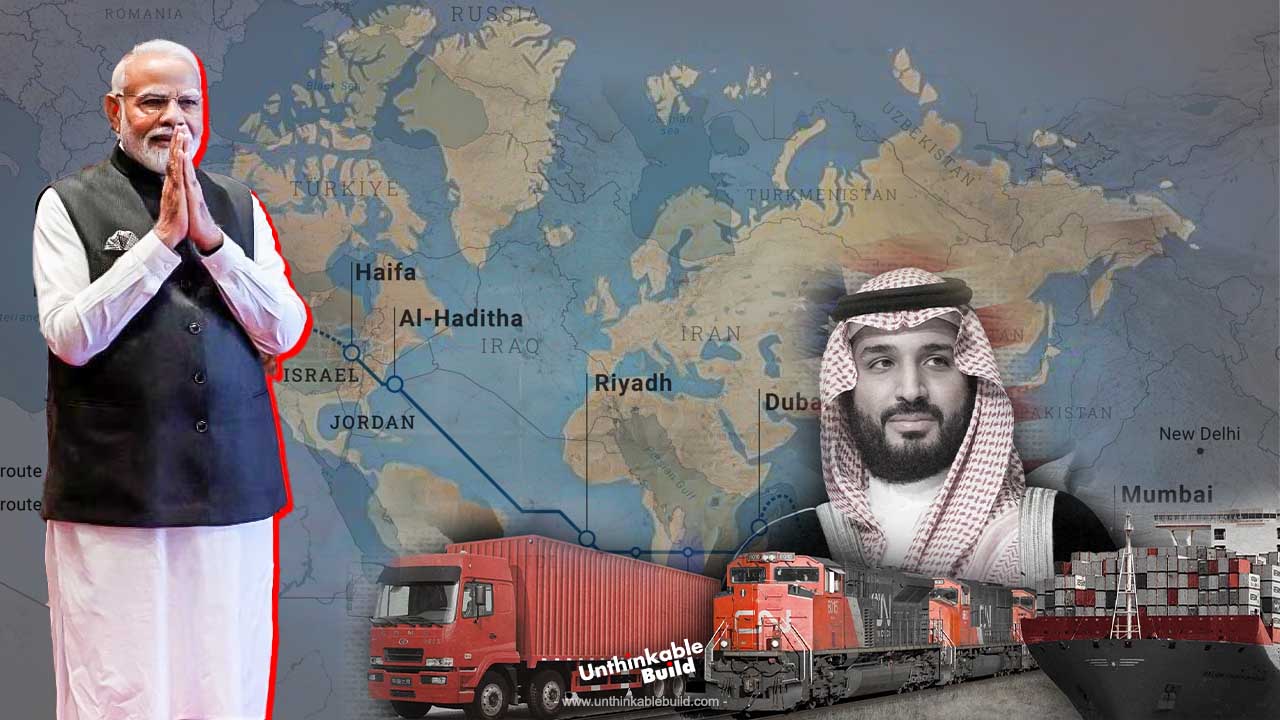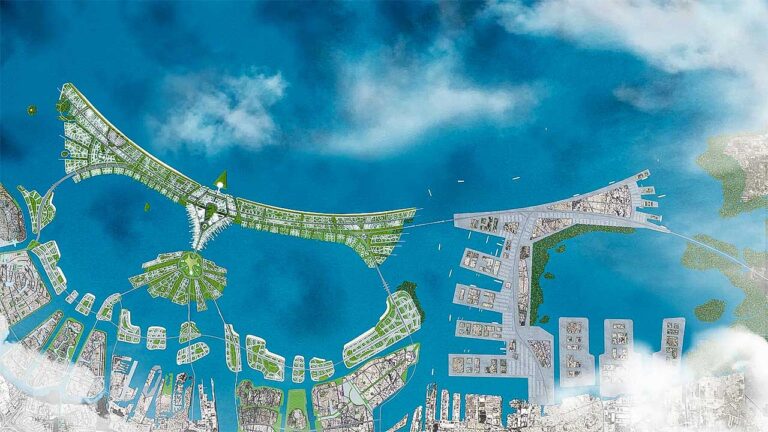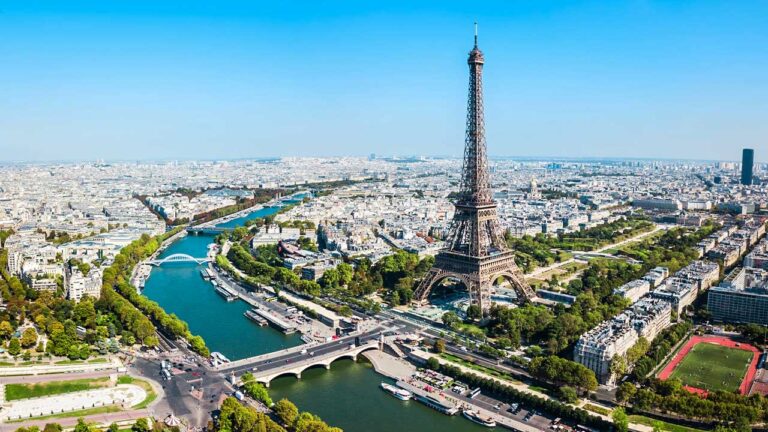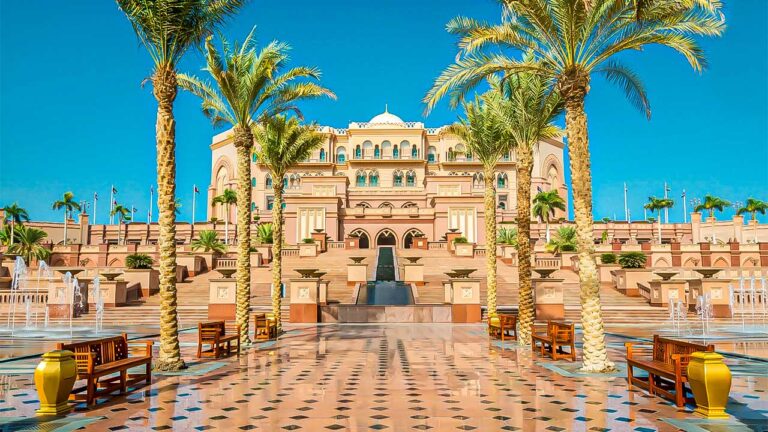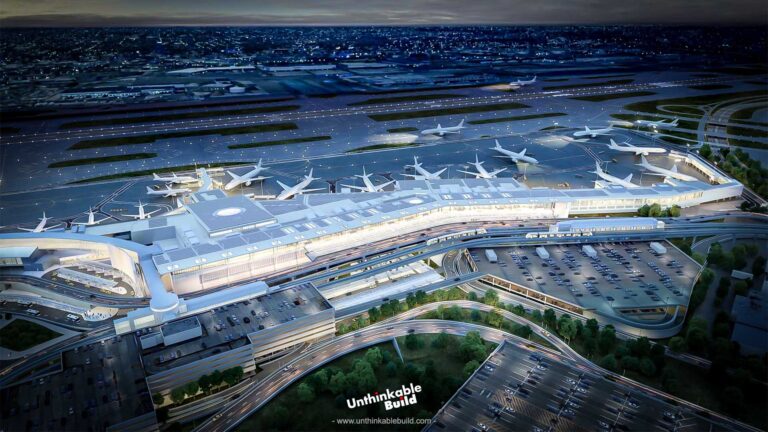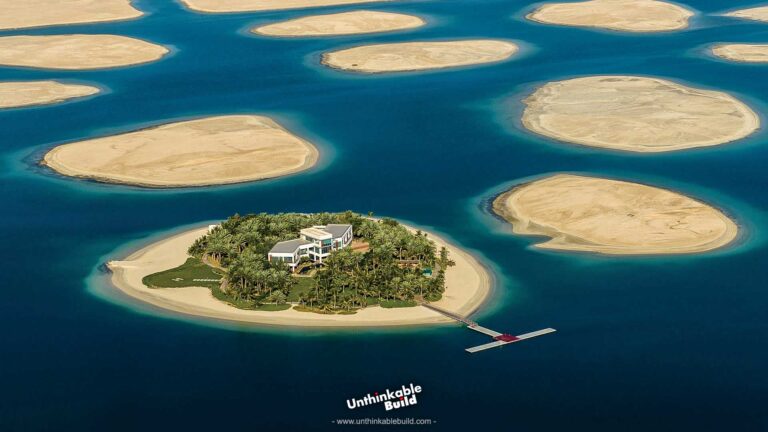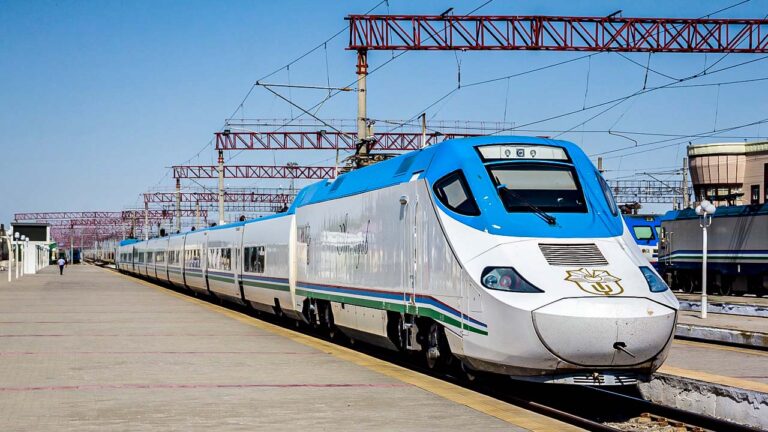IMEC: India’s Dream to Become an Economic Superpower?
In a world where trade has always shaped destinies, corridors of commerce define the strength of nations. From the ancient Silk Roads to modern maritime pathways, connections between continents have not only driven economies but brought cultures, people, and ideas together.
Today, a new chapter is unfolding, as three regions—India, the Middle East, and Europe—forge a path that could reshape the global economy. The India–Middle East–Europe Economic Corridor is not just another trade route; it is a vision, one that spans over 5,000 kilometers across oceans, deserts, and cities, linking two continents with the potential to transform lives, markets, and geopolitics.
But what does this corridor mean for the future, for the economies of India, the nations of the Middle East, and Europe? Beyond numbers, it’s about aspirations, a bridge of opportunity built on cooperation, ambition, and shared progress. In this video, we journey into the heart of this monumental undertaking to understand how it came to life, what it promises, and the impact it might have across regions.
Also Read: NEED: The Insane Plan to Build a Dam Across the North Sea
Imagine a world where goods travel from Mumbai to Munich at the speed of a bullet train, where Saudi Arabia’s deserts are more than vast stretches of sand but vibrant trade routes, and where energy flows seamlessly across borders to power homes, cities, and industries. This is not just a dream—it’s the vision behind the India–Middle East–Europe Corridor (IMEC), a groundbreaking initiative set to redefine global trade and connectivity.
IMEC is more than just infrastructure; it represents a vision of economic integration that bridges nations, cultures, and continents. But how does it work, and what does it mean for the future? Let’s explore.
India’s Strategic Role
India is already an economic powerhouse, and experts predict it will be one of the world’s top three economies in the next two decades. With rapid growth, India’s need for efficient global trade routes has never been more pressing. But what’s driving this growth? And how does the India–Middle East–Europe Corridor (IMEC) fit into the bigger picture of India’s ambitions?
The answer starts at the G20 Summit in New Delhi on September 10, 2023. Can you imagine what it’s like when global leaders come together to shape the future? Saudi Crown Prince Mohammed bin Salman, alongside leaders from the U.S., UAE, and the European Union, unveiled a bold vision: a corridor that connects South Asia, the Gulf, and Europe. With a Memorandum of Understanding, these regions united over a shared ambition to build a new economic artery—one that could revolutionize global trade, digital connectivity, and energy transport.
This corridor stretches over 4,800 kilometers and includes two main routes: the Eastern Corridor from India to the Gulf, and the Northern Corridor connecting the Gulf to Europe. What’s fascinating here is the design—an integrated ship-to-rail network that could drastically reduce transportation costs and boost efficiency. Countries like India, the UAE, Saudi Arabia, Jordan, Israel, and several European nations, including Italy, France, and Germany, will all be linked.
Why does this matter to India, though? With China’s Belt and Road Initiative (BRI) making waves across the globe, IMEC offers India an alternative. Imagine India being able to control its own economic partnerships, forging connections without being reliant on one single global power. How do you think this could change India’s position in global trade?
For India, IMEC represents an opportunity to expand its trade footprint, reduce its dependence on China, and further solidify its role as a central player in the world economy. What kind of impact do you think this could have on India’s future as a global economic leader?
The Eastern Corridor
Imagine a trade route stretching from the bustling ports of India, winding through the Gulf, and connecting directly to the heart of Europe. Sounds like a game changer. That’s the vision behind the Eastern Corridor of IMEC, set to link Asia, the Gulf, and Europe in ways never seen before. Can you picture the possibilities?
The Eastern Corridor isn’t just a collection of roads—it’s a complete network. Think about rail systems cutting through Gulf nations, slashing travel times for goods and boosting trade efficiency. How much faster would your favorite products—from the latest electronics to household essentials—arrive if this were reality? Thanks to direct shipping routes connecting India to the UAE and Saudi Arabia, goods will move faster than ever.
But the Eastern Corridor doesn’t stop there. Beneath the waves, imagine undersea cables bringing lightning-fast internet, creating a seamless digital connection between nations. How would this affect the tech landscape across these regions? What kind of innovations could emerge from such swift communication?
And there’s more. Clean hydrogen energy pipelines will flow through the corridor, positioning IMEC as a key player in sustainable energy solutions. What would it mean for the world if this project could help fuel our future with clean energy?
Why is all of this so significant? It’s not just about economics. Countries like India, the UAE, Saudi Arabia, Jordan, Israel, and several European nations are building a bridge for ideas, technology, and culture to flow freely across borders. In a world where alliances are constantly shifting and global trade faces challenges, the Eastern Corridor offers a multifaceted response that could change the way we think about global cooperation.
What do you think? How could this transformative trade route affect not just commerce, but global relationships, culture, and technology?
The Northern Corridor
Now imagine the Northern Corridor: a future where the Gulf and Europe are connected like never before, with goods, services, energy, and information flowing freely between two of the world’s most influential regions. This corridor is more than a collection of infrastructure—it’s an ambitious vision for a more integrated and collaborative global economy.
The Northern Corridor includes high-speed rail networks that link the Gulf to Europe via Jordan and Israel. This isn’t your average railway. These rail lines will transform how goods are transported, enabling electronics, machinery, agricultural products, and other goods to travel efficiently across borders. For businesses, this means faster deliveries, reduced costs, and access to new markets on an unprecedented scale.
But the Northern Corridor isn’t just about rail. Shipping routes will play a pivotal role, linking the Gulf with Europe’s most significant ports. Picture this: goods moving seamlessly between Dubai, Jeddah, Rotterdam, and Hamburg, without unnecessary detours. With shorter shipping times and direct routes, industries that depend on global trade will see significant benefits, from cost savings to improved market reach. For consumers, this could translate to faster access to goods, potentially at lower prices.
Connectivity in today’s digital world also means reliable, high-speed data transfer. This is where undersea cables come into play. IMEC’s Northern Corridor will feature cables beneath the sea to facilitate faster, more reliable communication between the Gulf and Europe. For tech startups, multinational corporations, and research institutions, this improved digital infrastructure offers unprecedented opportunities for growth, collaboration, and innovation.
And the benefits don’t end there. The Northern Corridor will also feature energy pipelines dedicated to transporting hydrogen and other renewable resources, connecting the Gulf’s energy-abundant countries—such as Saudi Arabia and the UAE—with Europe. As Europe pursues its goals of carbon reduction and renewable energy adoption, IMEC will provide an essential pathway for clean energy. For both regions, this represents a win-win: Gulf states secure new energy markets, while Europe gains a reliable source of green energy, helping it to meet its environmental targets.
Strategic Importance of IMEC
So, why is IMEC so critical for the countries involved? For the United States, this corridor represents an opportunity to counterbalance China’s growing influence. IMEC also aligns with broader U.S. objectives of fostering better relations between Saudi Arabia and Israel—a diplomatic shift that could have transformative effects on the Middle East. Europe, meanwhile, views IMEC as a route to enhanced economic and energy security, especially in light of ongoing challenges posed by Russia’s conflict with Ukraine. For the Gulf States, IMEC is an avenue to diversify their energy markets and build a stronger role as an economic bridge between East and West. And for India, it’s a chance to broaden its international trade network, reducing reliance on China while gaining influence in global markets.
The excitement at the G20 summit was palpable. European Commission President Ursula von der Leyen described the corridor as “nothing less than historic.” Prime Minister Narendra Modi of India declared that IMEC would be “the foundation of world trade for years to come,” while U.S. President Joe Biden endorsed it as “a really big deal.” Saudi Crown Prince Mohammed bin Salman emphasized its importance, calling the project a “landmark” for Saudi Arabia and all the nations involved.
However, as with any large-scale project, challenges emerged. Just a month after the G20 summit, Hamas launched an attack on Israel, sparking a conflict that impacted the political climate surrounding IMEC. Critics began to question whether the corridor could realize its bold vision amid rising geopolitical tensions.
The Belt and Road Initiative
IMEC isn’t the only game in town when it comes to reshaping global connectivity. Have you heard the detail of China’s Belt and Road Initiative (BRI)? Over the past few years, this mega-project has been transforming economies, alliances, and global expectations. With over a trillion dollars invested in infrastructure worldwide, BRI is building roads, ports, railways, energy plants, and digital networks across the globe. Can you imagine the scale of that?
The BRI initially focused on developing regions, but it’s now expanded to nearly 150 countries, reaching 60% of the global population and accounting for 40% of the world’s GDP. What do you think it means for a project to have that kind of reach? Even advanced economies like Greece and Singapore are part of the BRI, showing its global influence. Does it surprise you that even high-tech nations are getting involved?
One of the most notable projects under BRI is the China-Pakistan Economic Corridor (CPEC). This ambitious corridor links the Pakistani ports of Gwadar and Karachi to China’s western city of Kashgar. Imagine the scale of the infrastructure built—coal power plants, gas pipelines, and even wind farms. This project offers China a route that bypasses the Malacca Strait, but it’s not without controversy. Do you think such massive investments might lead to debt dependency, as critics argue?
While the BRI has certainly improved connectivity, it’s not all smooth sailing. Economic pressures within China have caused its expansion to slow, and some critics feel it hasn’t fully supported local industries or alleviated financial dependency on China. Do you think countries should be worried about becoming too reliant on one superpower for infrastructure investments? This concern has led some nations to look for alternatives, aiming to reduce their reliance on Chinese investments.
So, what’s your take? Is the Belt and Road Initiative truly helping bridge the gap in global development, or are we witnessing a shift in how nations approach such massive infrastructure projects?
Also Read: Can the $25B TMX Pipeline Project Save Canada’s Economy?
A New Era in Global Connectivity
By reviving and reimagining the ancient Spice Route, IMEC aims to create a 21st-century network connecting India with the Gulf and Europe. This corridor includes railway links, maritime routes, undersea cables, and renewable energy pipelines. Through IMEC, India, the Gulf, and Europe are set to enjoy enhanced digital connectivity, streamlined trade, and cleaner energy transport.
IMEC holds promise not just as an alternative to BRI but as a collaboration that highlights a shared commitment to an interconnected world. If successful, IMEC could become a model for future global infrastructure projects, offering sustainable growth, digital advancement, and economic resilience.
The future is uncertain, but one thing is clear: IMEC represents a new chapter in global infrastructure. This ambitious corridor has the potential to connect millions, fostering economic growth and making the world feel a little smaller and more interconnected. As this vision unfolds, we’ll see if IMEC can truly pave the way for a new era of collaboration and global trade. What do you think the future holds with this kind of connectivity?

